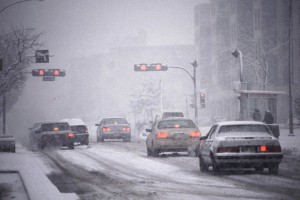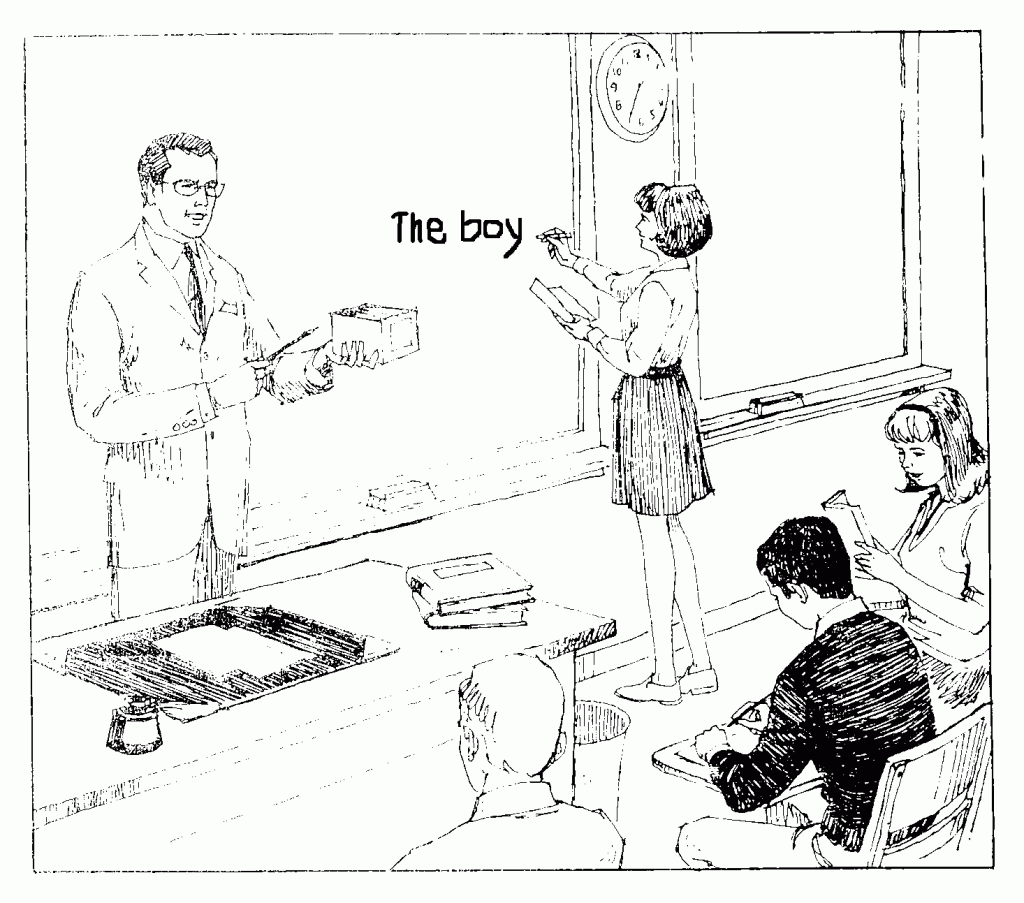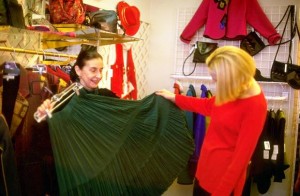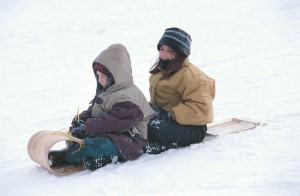 Many places in the United States get snow in the winter. If it is very cold, like this year, even states like Texas or Florida can get snow. Sometimes there is so much snow that is it difficult or dangerous to drive. If this happens, schools often declare a “snow day.” When a school has a snow day, classes are canceled for that day, and children don’t have to attend.
Many places in the United States get snow in the winter. If it is very cold, like this year, even states like Texas or Florida can get snow. Sometimes there is so much snow that is it difficult or dangerous to drive. If this happens, schools often declare a “snow day.” When a school has a snow day, classes are canceled for that day, and children don’t have to attend.
How much snow is necessary to get a snow day? It depends. In southern states like Texas or Florida, drivers are not used to driving in snow. Also, most southern towns would probably not have snow plows or other equipment to clear the roads of snow. Consequently, even only a few centimeters of snow would create dangerous driving for most drivers in southern states. Children living in these states would most likely get a snow day if there were only a few centimeters of snow.
Northern states like Minnesota or North Dakota, though, are accustomed to winter driving with lots of snow, so a few centimeters of snow would mean nothing to them. Snow plows come and clear the roads, but sometimes they only put out salt or gravel if it is a minor amount of snow. Children living in these states would probably not get a snow day if there were only a few centimeters of snow. It would have to snow a lot more – maybe 15 cm or so – before the schools would consider granting a snow day. If there is a lot of wind, though, the snow can form big drifts, which would make the roads difficult or dangerous to drive. So if there is drifting snow, children would probably get a snow day.
Sometimes a snow day is declared because the weather is very cold, instead of because of the snow. Some Januarys have several days where the temperature stays below -25 degrees Celsius. Even the high temperature of the day doesn’t get above -20 – that is extremely cold!! In these cases, it is too cold to walk to school, or to wait outside for a school bus to come. So sometimes schools will also cancel classes due to extreme cold.
Of course, most children enjoy playing in the snow and having a day off from school. And you can be sure that if a student hasn’t studied for a test as much as he should, he will fervently hope for a snow day to give him some extra study time!



